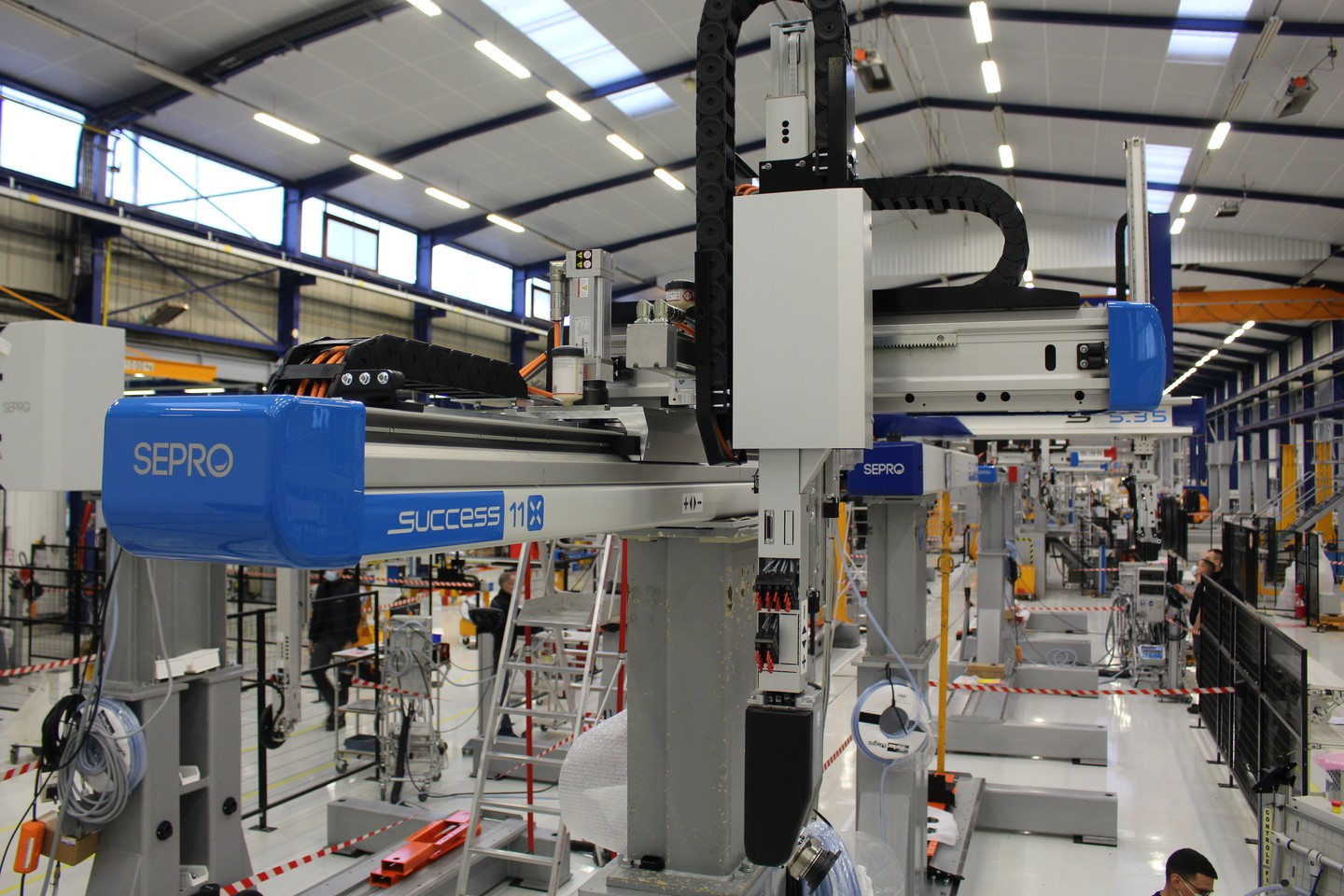It’s important to remember that you will need access to the equipment for maintenance and troubleshooting should a problem occur. Having to replace an air cylinder, sensor, or servo motor that’s in a location that cannot be reached within a reasonable time could require major disassembly of other cell components or even removal of the entire automation module from the cell. This could result in hours or even shifts of costly downtime. Automation can run for decades when properly maintained, but it’s impractical to think that, once in place, the equipment will not need service.
Every car owner accepts the fact that regular maintenance is required to ensure that the car lasts a long time. A robotic automation cell is no different. Consider where maintenance access doors and guard panels are placed and don’t skimp on how many you use. Imagine if automobile manufacturers didn’t provide a hood for access to a car’s engine. When changing spark plugs, you would literally need to put the car on a lift, drop the engine, install $25 worth of spark plugs, and then reinstall the engine. An automated molding machine is no different. If the maintenance areas of the machine are not easily accessible, the cost will almost certainly be days of service time and loss of production.
Consider where maintenance access doors and guard panels are placed and don’t skimp on how many you use.
Limit human interaction with the automation cell.
This tip may seem obvious, but it has great importance. Of course the main point of robotic automation is to reduce human interaction. The key to successfully running any automation cell is to run it in automatic mode and to have operators interrupt the cycle as little as possible.
The longer a cell runs in automatic production, the more that costs will be reduced through the efficiencies and optimizations that the automation can provide. When a cell runs automatically, it is much easier to recognize the actual costs of the operation and determine the volume of product that the cell can produce every hour, every shift and every week.
When planning an automated molding cell, don’t forget to work with your automation provider to come up with solutions for staging inserts, queueing boxes for packing, using vision systems for quality checks, and doing whatever else may be needed to reduce the amount of operator involvement within the cell.
If the mold is not correctly located, the robot may need to be retaught position points, and adjustments may be required for proper operation.
Don’t lose time after every mold change.
Alignment of the robot to the press and to the downstream equipment is critical to a successful operation. If the cell will not be running a dedicated mold and producing the same parts for long periods of time, you need to plan for production changes when designing the system. Make sure to incorporate a method that ensures proper alignment when repositioning molds and associated equipment after a mold changeover or when the mold is removed for preventive maintenance.
If the mold is not correctly located, the robot may need to be retaught position points, and adjustments may be required for proper operation. This process can be time-consuming and costly, so it would be wise to minimize the need for it. A servo-wrist option on the robot (instead of pneumatic-type wrists) can certainly help in this effort. In fact, a robot with a servo-driven wrist (also referred to as a five-axis robot) should be considered in any cell for its added flexibility of movement and adjustment.



